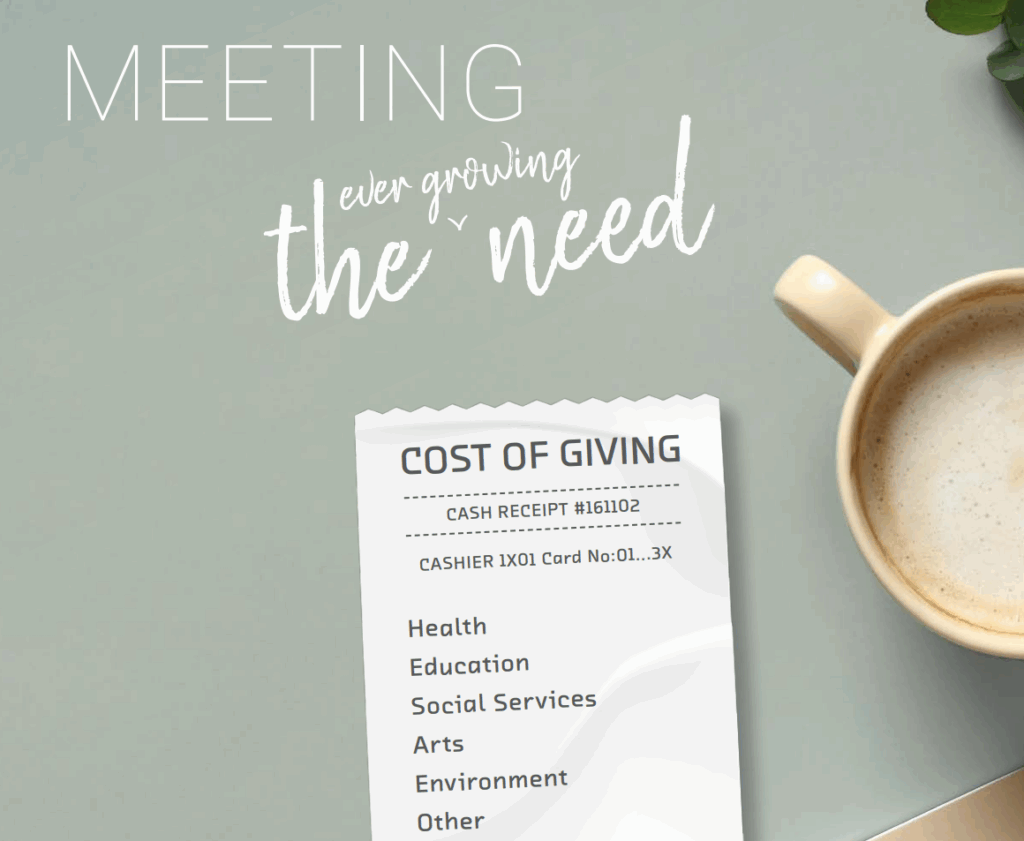The rapid rise of artificial intelligence is reshaping the landscape of traditional advertising models and posing an existential threat to established practices. As AI-driven technologies enable personalised targeting, automated content creation, and real-time campaign optimisation, they are challenging the inefficiencies of conventional approaches. Traditional models rely on broad demographics and manual processes – and now they are struggling to compete with AI’s precision and scalability. As AI spreads, the internet we are accustomed to is being supplanted, at great speed – and plenty hangs in the balance for the tech arms race and Big Tech’s owners and investors.
The historical context: from banners to click-through dominance – then decline
Digital advertising began in the 1990s with simple banner adverts – static images that invited users to “click here” for more information. These adverts were novel but lacked sophistication and often had low engagement. The early 2000s brought the rise of search engine optimisation (SEO) and pay-per-click (PPC) models, pioneered by Google’s AdWords. Websites could monetise traffic by optimising content for search engines, driving high click-through rates (CTRs) as users navigated to their pages.
In the early 2010s, Google Ad’s CTRs hovered around 2-3% across industries, with some sectors like finance reaching 5-6%. This model rewarded content providers who mastered SEO, because clicks translated directly into revenue.
However, recent data indicates a sharp decline in CTRs. Some sites are seeing a fall of between 30-40% compared to five years ago, driven by changing user behaviours and AI-powered interfaces. Cloudflare’s CEO Matthew Prince provides stark evidence: a decade ago, Google sent one visitor for every two pages scraped; six months ago, it was one per six pages; and now, with AI-driven interfaces, it is one per 18 pages. That’s a huge shift and this cannibalisation of search means 90% of queries are answered on-platform, slashing traffic to external sites and challenging content providers’ revenue models.
The AI disruption: redefining monetisation
AI technologies have reshaped user interactions with online content. Conversational interfaces keep users within platforms and make them less likely to click through to external websites. While there has been a significant decline in revenue for SEO-reliant publishers, this shift is broadening with link-based discovery to in-platform, where adverts are seamlessly integrated into user experiences. This challenges traditional content providers, who must increasingly compete with dynamic AI-generated adverts that retain users within tech giants’ ecosystems.
For example, Meta is leveraging AI to redefine advertising, particularly through WhatsApp’s three billion monthly active users (MAUs). WhatsApp has hitherto been light on advertising. Of course, the rollout needs to marry to the needs of the user to be effective but also unobtrusive. Meta is the gold standard of monetisation, and without you knowing they shall clean out your pockets all the way down to the fluff. The options are significant, with WhatsApp’s Status, Channel subscriptions, and Promoted Channels designed to blend seamlessly without disrupting personal chats.
This mirrors the Instagram model, which has been a phenomenal success. Its estimated annual revenue is running more than US$50 billion, and WhatsApp has more active users than Instagram. The opportunity is enormous.
Meta’s AI-powered A/B algorithm – a method of comparing two versions of a webpage, app, or other digital asset to determine which one performs better through the measurement of an individual’s interactions – tests content variations to deliver personalised adverts that feel like organic Reels or Stories. As the user, you will not know you are watching an advert, and it is effective and simple to deploy. Advertisers provide a URL and budget, and Meta handles creative production, targeting, and optimisation. This approach is an existential threat to the traditional ad agency model, as evidenced by the 2023 Omnicom-Interpublic merger, a defensive move against tech giants’ dominance.
Google’s proactive adaptation
Google is undergoing a significant transformation all its own, shifting Search from a link-ranking tool to a self-contained commerce and discovery platform. Contrary to concerns about AI-driven search cannibalisation, Google is adapting swiftly and not resisting the shift to on-platform query resolution but embracing it, leveraging its AI expertise and infrastructure.
It is easy to conclude that Google’s traditional revenue model is under threat, as its much-watched statistic of search market share declines. This is an overly simplistic interpretation of what is happening and how Google is responding. In contrast to this straight-line conventional thinking, at Google’s I/O conference the company announced that AI Overviews, rolled out in the United States and India, drive a 10x increase in query volume while monetising at the same rate as traditional search. Optimism is real, with Overviews not yet dominating commercial queries but still generating significant advertising revenue.
Perhaps this change was originally signposted in 2023, when Sergey Brin returned to oversee the day-to-day operations and aggressive pivot in response to ChatGPT. The company could ill afford to be flat-footed in its approach, and the founders bring a clarity of vision and relentless execution.
OpenAI’s advertising pivot
Even OpenAI is changing its model, having realised that it needed to pivot away from an enterprise-based business. The development of Large Language Models (LLMs) is expensive, and companies with a successful advertising model have a competitive advantage. ChatGPT’s surprise consumer success has accelerated the shift, and the company may integrate conversational adverts into ChatGPT’s responses, aligning with the trend of embedding adverts within user interactions.
Challenges for content providers
Content providers face significant hurdles in this AI-driven landscape. Cloudflare’s AI web crawler blocker, described as a “tollbooth,” allows publishers to restrict AI tools from scraping their content. Matthew Prince’s data underscores the severity, with the CTR decline worsening threefold in six months due to AI Overviews. This is a profound threat to content-driven publishers, who are losing traffic and ad revenue. Of course, there has already been a response to this threat, with large publishers entering into licensing deals, but those that do not have scale may struggle to negotiate a fair deal.
Producing content that competes with AI-generated adverts is another challenge. Meta’s turn-key solution automates creative production, marginalising small publishers and agencies without comparable resources. Large brands like Coca-Cola resist handing creative control to Meta, but small and medium businesses are adopting it rapidly. This brings significant benefits, with an estimated 20% cost reduction for 60% of SMBs using Meta’s platform.
This has the potential to be industry-defining, with companies looking at their marketing headcount. Without adapting, traditional agencies are facing an extinction event.
The future: advertising as content
In the 1950s, infomercials were all the rage, and this may be the direction of travel in the years ahead. Personalised ads and Google’s Gemini-driven targeting across search, Gmail, and YouTube may create a virtuous cycle of data and engagement. Unpaid YouTube subscribers are presented ads that in many instances cannot be skipped. That first ad would be more expensive than a second ad that could be passed after a period.
In such a world, ad saturation is a real possibility and may drive revenue by incentivising consumers to adopt paid subscriptions. That is powerful. In New Zealand, Netflix’s ad-supported subscription costs NZ$7.99 per month, while the ad-free service starts at NZ$18.99.
For content providers, survival hinges on creating high-quality, video-driven content that rivals AI-generated ads. However, the barriers to entry are high, and the shift to in-platform engagement threatens their traditional revenue streams.
It is all happening
Digital advertising has evolved from click-driven models to AI-powered ecosystems that prioritise in-platform engagement. Meta’s WhatsApp monetisation, Google’s AI Overviews, and OpenAI’s advertising ambitions signpost a future filled with seamless, personalised content. Cloudflare’s AI crawler blocker highlights content providers’ struggles, as traffic and revenue plummet. Google’s proactive adaptation, Meta’s turn-key solutions, and OpenAI’s pivot signal fierce competition. Content providers – including conventional ad agencies – must innovate fast if they are to survive in this AI-driven era. Seamless ad-content fusion is not just plausible but already in motion. The best is yet to come, and it is coming fast.
Tim Chesterfield is the long-time CIO of the Perpetual Guardian Group and the founding CIO and Director of its investment management business, PG Investments. With $2.6 billion in funds under management and $8 billion in total assets under management, Perpetual Guardian Group is a leading financial services provider to New Zealanders.
Perpetual Guardian Group recently acquired boutique fund manager Castle Point, which now forms part of the Group’s investment management suite of businesses.
Disclaimer
Information provided in this publication is not personalised and does not take into account the particular financial situation, needs or goals of any person. Professional investment advice should be taken before making an investment. The information provided in this article is not a recommendation to buy, sell, or hold any of the companies mentioned. PG Investments is not responsible for, and expressly disclaims all liability for, damages of any kind arising out of use, reference to, or reliance on any information contained within this article, and no guarantee is given that the information provided in this article is correct, complete, and up to date.
This article was originally published by the NBR. You can read the original piece here.



